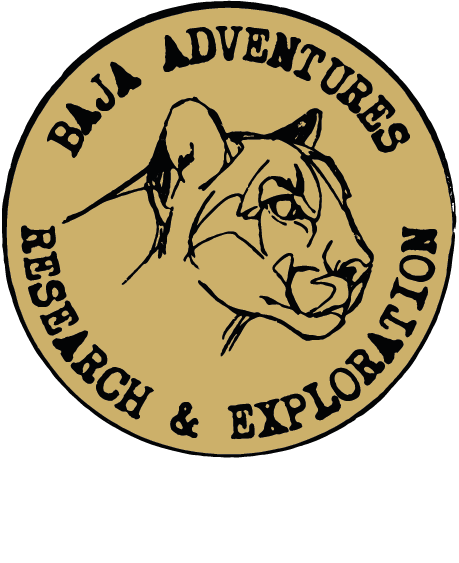Empowering local communities: preserving cowboy and rancher culture and biodiversity in Baja California Sur
For us at Baja Adventures, it is essential to involve local communities and the local culture in our regenerative tourism model in Loreto, Baja California Sur, as their participation ensures that all stakeholders contribute and benefit. In regenerative tourism, it is key for nature and culture to thrive and remain alive.
The cowboy culture was introduced to Baja California Sur by Spanish colonizers, who brought with them cattle management techniques and the use of mules. This heritage has left an indelible mark on our traditions and ways of life, enriching our regional identity. Together with local ranchers from La Sierra de la Giganta, we explore mountains, canyons, and oases with the help of their mules, set up camera traps to monitor species, and generate local economic impact to preserve this place on earth.
We explore this land riding mules, together with passionate participants and our local collaborators, the cowboys and the community. This form of travel is slow, mindful, and low-impact, where the animal is a companion and not merely a means of transport. Together we traverse steep canyons on hardy mules, descendants of those brought by the missionaries more than 300 years ago, connecting us with a living history and tradition while also collecting citizen-science data by placing camera traps to help understand ecological dynamics and protect the fauna and flora of these sierras.
About our conservation project: Eyes of the Sierra
Summary:
The Sierra de la Giganta is an arid-mountain ecosystem with high biological diversity and endemism, facing threats such as illegal hunting, the abandonment of traditional ranches, and the effects of climate change. The project "Ojos de la Sierra" aims to implement the first participatory biodiversity monitoring system, training local stakeholders—ranchers and youth—in the use of camera traps, data analysis, and mitigation of human-wildlife conflicts. Artificial intelligence (AI) will be integrated for automated species identification. Additionally, a proposal will be developed for a regenerative tourism model as an alternative for conservation and local development. The operational base will be the Eco-Alianza Loreto field station. With this integrative approach, the goal is to generate scientific knowledge, strengthen local capacities, and foster alliances between community, academia, and civil society.
Research Question:
How can a participatory biodiversity monitoring system, supported by strategic alliances and technological tools, contribute to wildlife conservation, strengthening local capacities, and the development of a regenerative tourism model in the Sierra de la Giganta, Baja California Sur?
Objectives:
Establish a participatory monitoring system for terrestrial mammals.
Train local stakeholders in monitoring and managing human-wildlife conflicts.
Develop a pilot program for automated wildlife identification using AI.
Propose a local regenerative tourism model based on biodiversity.
Mules have been part of the history of the Sierra de la Giganta region near Loreto for many years and they are part of today’s way of. They played a crucial role in transporting supplies through rugged, inaccessible terrain in old times. These mules are bred specifically for this type of challenging work and environment. They are sure-footed, strong, and well-adapted to the rocky mountain trails.
Today, the mules in this region are treated with great care. They receive proper rest and are never overworked.
They live in clean, spacious enclosures when not working. Upon retirement from carrying supplies, many mules take riders on short tours to share their strength and endurance in a gentler way. After their workday ends, they are sent to local farms where they can graze and relax peacefully.
This is an ethical mule riding actibity that embraces the challenge of exploring this terrain in ways that minimize environmental impact, unlike other methods that could cause greater harm.
Mules have been part of this landscape for over 300 years, silently living alongside the native wildlife. They are not just tools for transport but sentient partners with unique needs and personalities. We prioritize their welfare, providing safe and humane conditions for both mules and riders. Mule riding is deeply embedded in the local culture, supporting the livelihoods of communities who have cared for these animals for generations. For us, mules are an essential part of our team, partners in exploration, and we cherish interacting with them, giving them love and respect throughout every expedition.




